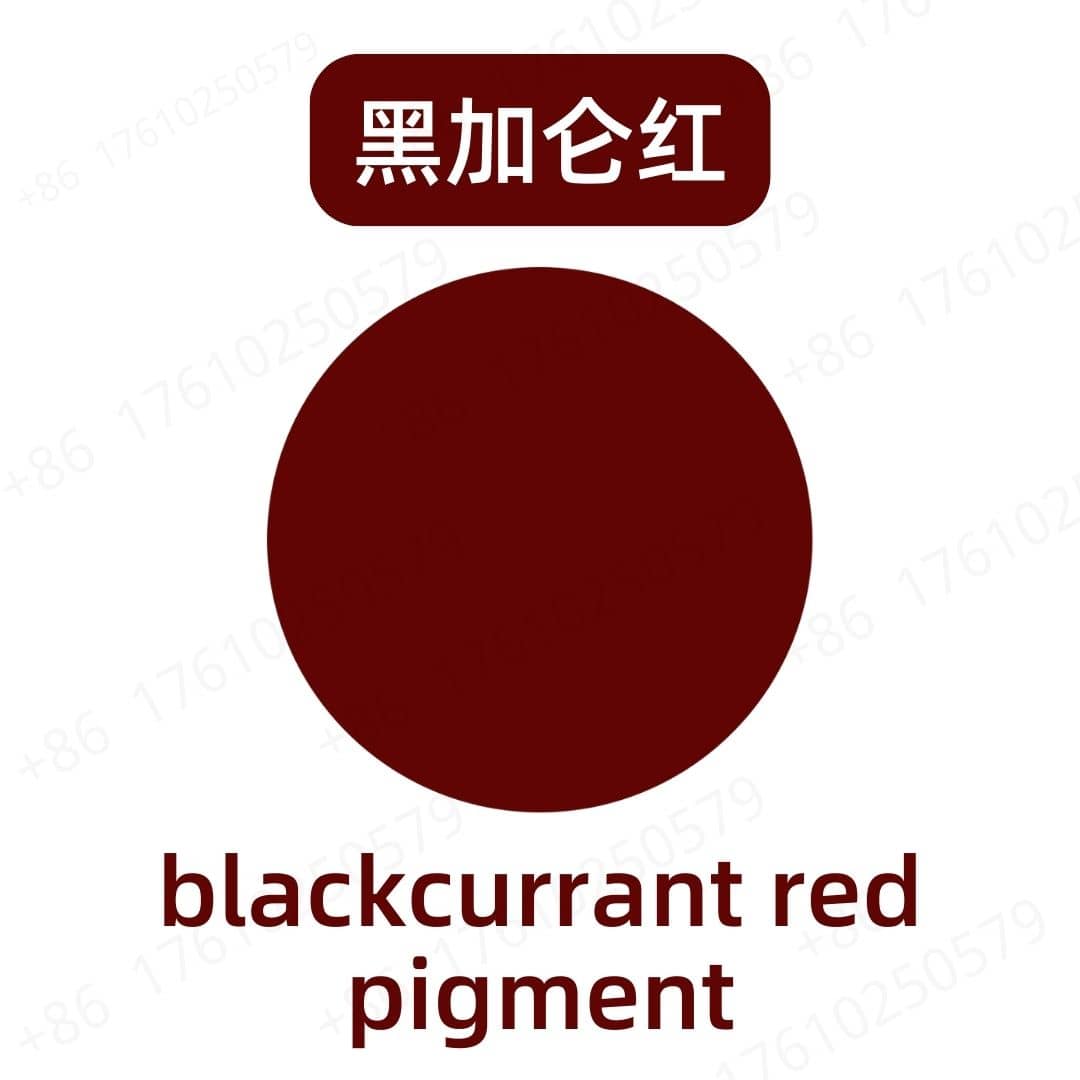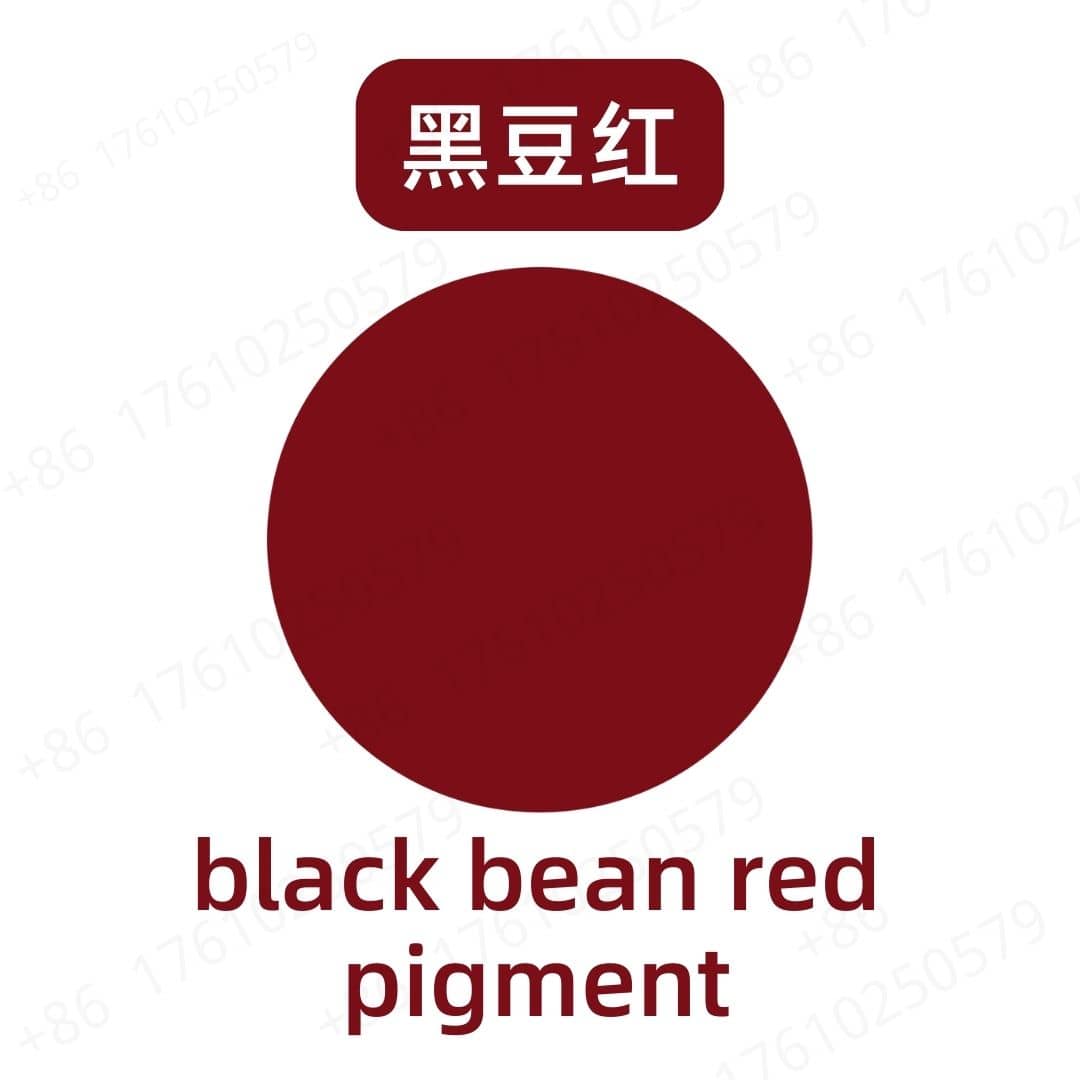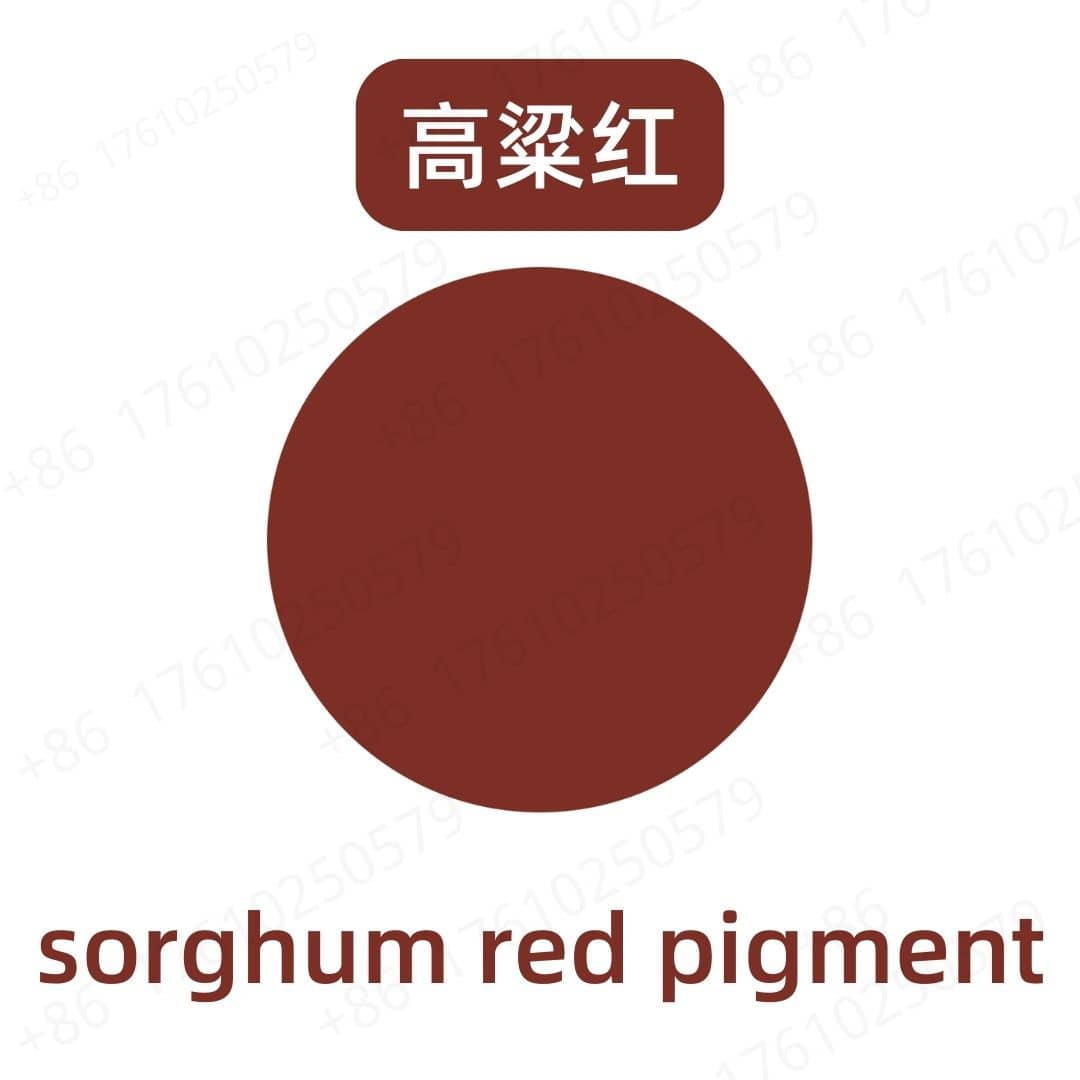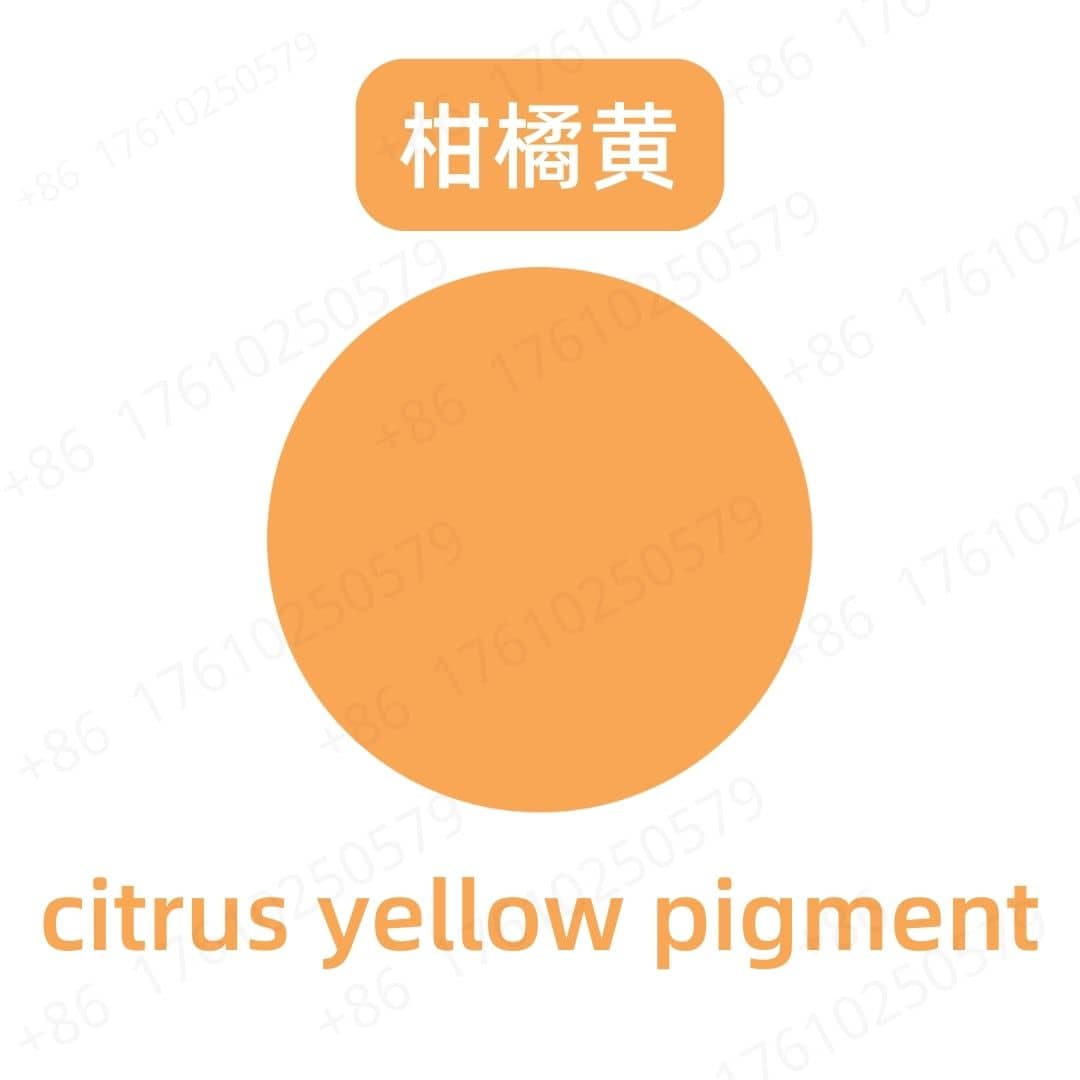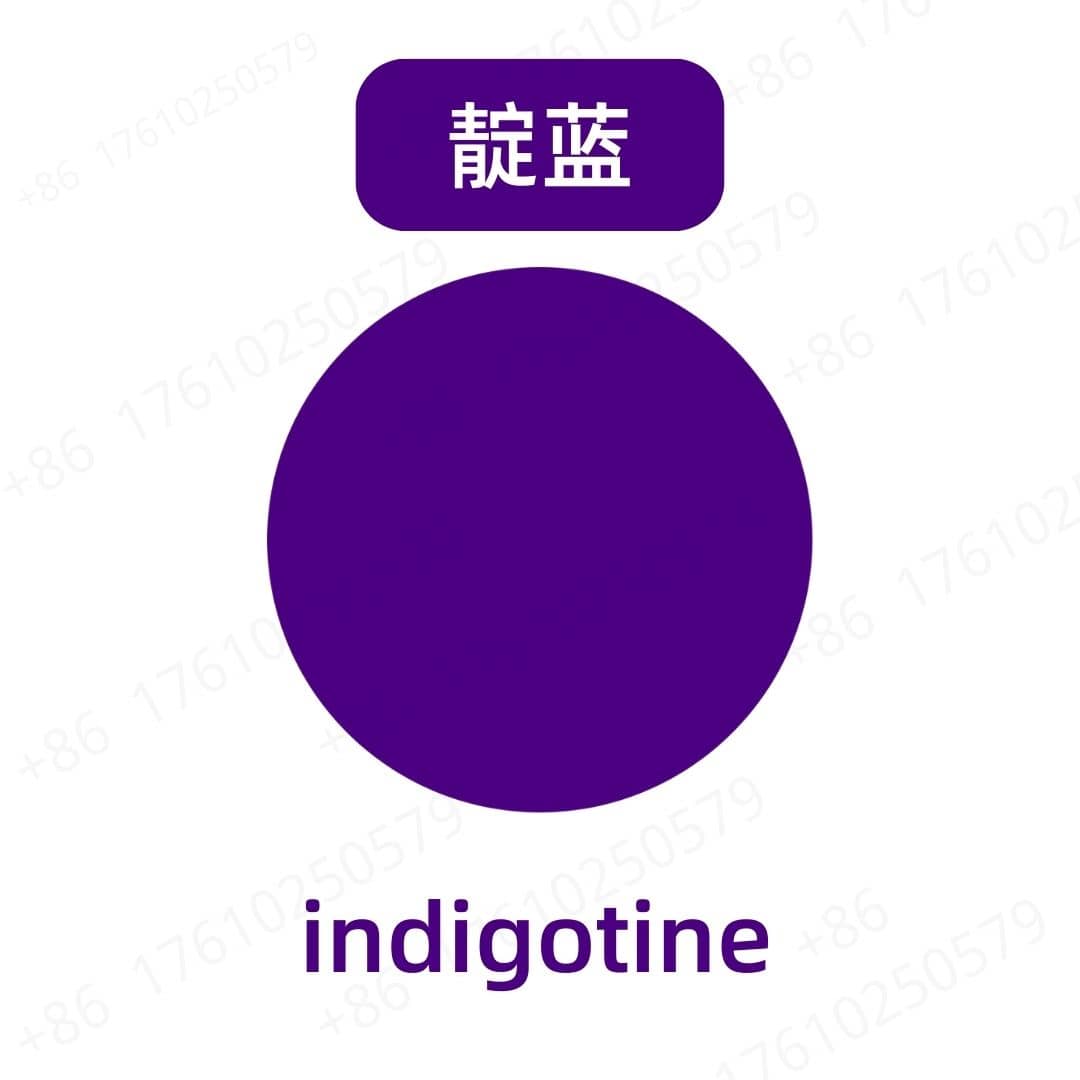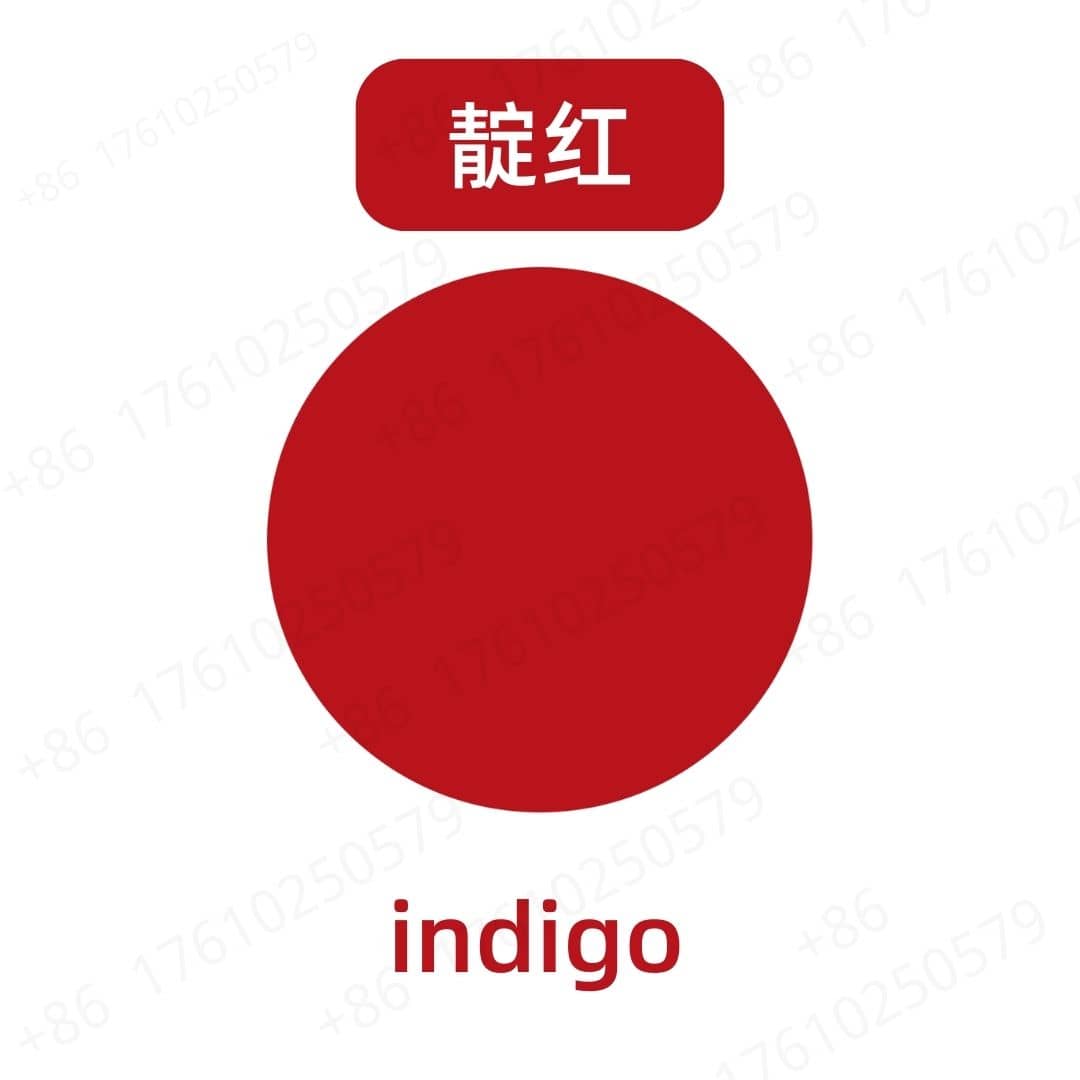Product Introduction
Titanium dioxide, with the chemical formula TiO₂, is an inorganic compound that is widely used as a pigment due to its exceptional brightness and high refractive index. It is a naturally occurring oxide of the element titanium. In its pigment form, it exists as a white, fine powder that is chemically inert, thermally stable, and provides excellent opacity by scattering light. There are two main crystalline forms of titanium dioxide used commercially, anatase and rutile. Rutile is the more stable form and has a higher refractive index, making it more effective at scattering light and thus providing better opacity. Anatase, while less opaque, is also used in certain applications. Due to these properties, titanium dioxide is the most widely used white pigment in the world.
Production Process
The commercial production of titanium dioxide pigment is achieved through two primary methods: the sulfate process and the chloride process.
The sulfate process is the older of the two methods and begins with ilmenite ore, which contains both iron and titanium. The ore is digested in concentrated sulfuric acid, which converts the titanium and iron components into sulfates. The iron sulfate is then separated, often through crystallization. The remaining titanium sulfate solution is then hydrolyzed, which causes hydrated titanium dioxide to precipitate out of the solution. This precipitate is filtered, washed to remove impurities, and then calcined, which means it is heated to a very high temperature in a kiln. This final heating step removes water and grows the crystals to the desired size, determining whether the final product is anatase or rutile grade.
The chloride process is a more modern method that typically uses ore with a higher concentration of titanium, such as natural rutile. In this process, the raw material is reacted with chlorine gas and carbon at high temperatures, which produces titanium tetrachloride (TiCl₄), a volatile liquid. This intermediate compound is then separated from other metal chlorides through distillation, resulting in a highly pure TiCl₄. The purified titanium tetrachloride is then oxidized at a high temperature, reacting with oxygen to form fine, solid particles of pure titanium dioxide and regenerating the chlorine gas for reuse in the process. This method generally produces pigment in the rutile crystalline form.
Application Scenarios
Titanium dioxide is used in an extensive range of products where whiteness and opacity are needed. In the food industry, food-grade titanium dioxide, known as E171, has been used as a color additive. It gives a bright, white, and opaque appearance to products like chewing gum, candies, sauces, coffee creamers, and cake decorations. Its use in food has become a subject of regulatory review and has been restricted in some regions.
The largest application for titanium dioxide is in the paint and coatings industry. It is the standard white pigment used in virtually all architectural and industrial paints, providing whiteness, opacity, and protection against UV degradation, which improves the durability of the paint film.
In the plastics and paper industries, it is added as a filler and pigment. It increases the opacity of plastics, making them less transparent, and improves the brightness and print quality of paper.
In personal care products and cosmetics, titanium dioxide serves multiple functions. It is used as a whitening agent in toothpastes and as a pigment in makeup foundations and lotions. It is also a key active ingredient in mineral-based sunscreens, where it acts as a physical UV filter, blocking both UVA and UVB radiation by scattering and reflecting the light away from the skin. In pharmaceuticals, it is used to coat tablets and capsules, providing a white, opaque finish that also helps protect the active ingredients from light degradation.
Packaging and Storage
【Storage Conditions】Store in a sealed, light-proof container, away from high temperatures, in a dry, cool, and well-ventilated place.
【Packaging】Bulk: 25kg/fiber drum; Sample: 1kg/aluminum foil bag; Custom packaging available upon request.
【Shipping Methods】FedEx, DHL, dedicated logistics, and sea freight consolidation.
【Shelf Life】Two years
Monica Sun possesses extensive technical expertise and market insights in the food additives industry. She excels in designing efficient and safe additive formulations tailored to various food applications, ranging from sweeteners to functional dietary fibers. Monica has successfully assisted food manufacturers in optimizing ingredient combinations to enhance product quality and improve consumer satisfaction.









